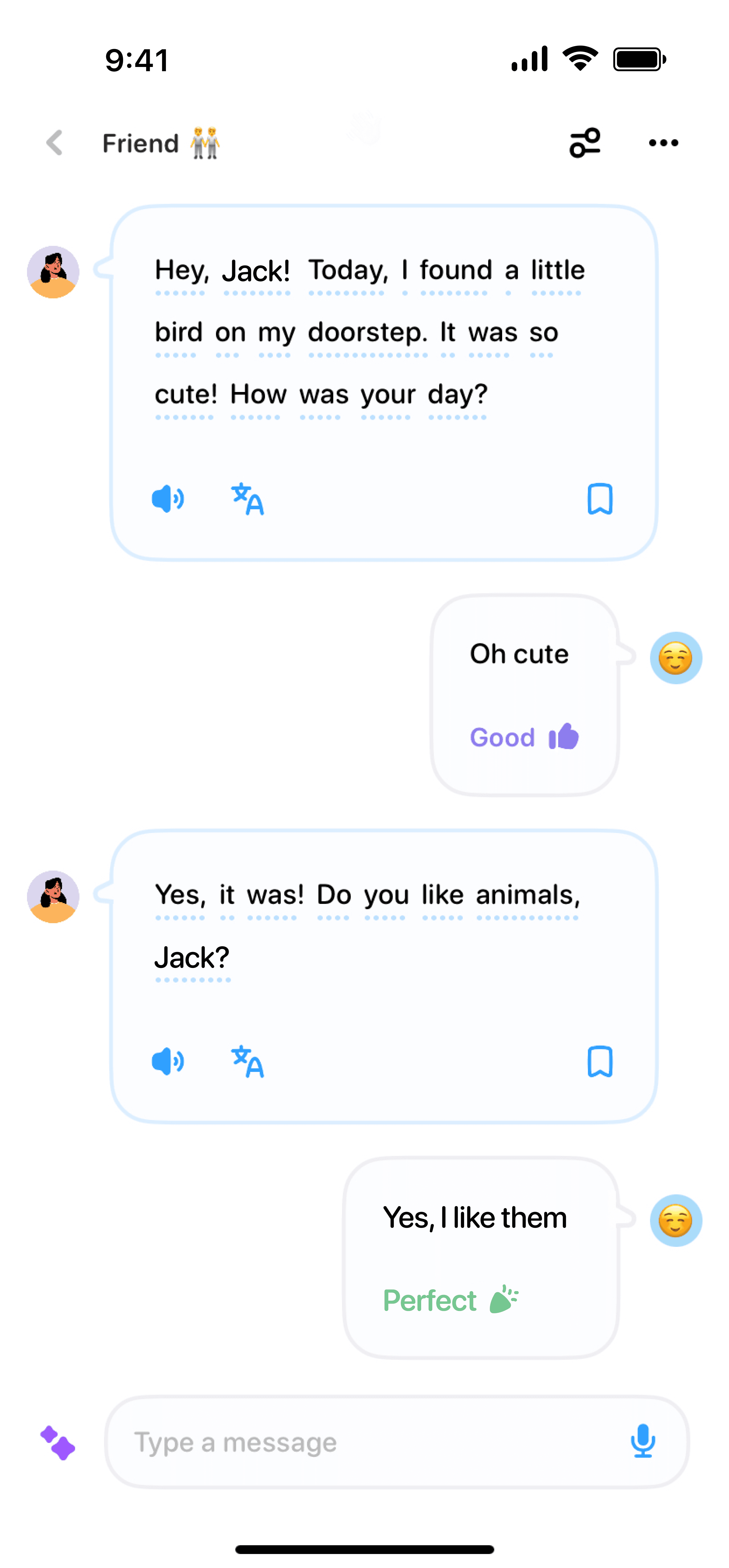07/18/2024
·
Emma Robbie
In today's fast-paced journalism world, time is of the essence. Reporters and writers constantly sprint against deadlines, striving to capture stories that matter. One of the latest tools transforming the journalism industry is AI transcription apps. These innovative applications are revolutionizing how journalists conduct interviews, transcribe audio, and manage their time. Let's dive into how AI transcription apps are reshaping the journalism landscape.
Saving Time on Transcription
Traditional transcription is a painstaking process. A journalist might spend hours listening to recordings and typing out every word. AI transcription apps, however, can transcribe audio in a fraction of that time. By converting speech to text almost instantaneously, these apps allow journalists to focus on crafting compelling narratives rather than tediously transcribing. This time-saving capability is invaluable in a field where every minute counts.
Increased Accuracy
One of the primary concerns with transcription is accuracy. Misquoting sources can lead to significant credibility issues. AI transcription apps utilize advanced machine learning algorithms to ensure high accuracy. These apps learn from vast datasets, constantly improving their ability to recognize different accents and dialects. As a result, journalists can trust the transcriptions to be precise and reliable.
Enhanced Accessibility
For journalists working internationally or covering multicultural communities, language barriers can pose significant challenges. AI transcription apps often come equipped with multilingual support, making it possible to transcribe interviews conducted in various languages. This feature not only broadens the scope of stories journalists can tackle but also fosters greater inclusivity and representation in the news.
Streamlining the Workflow
AI transcription apps do more than just transcribe audio—they integrate seamlessly into journalists’ workflows. These apps often come with features that allow users to highlight important sections, add tags, and share transcriptions with colleagues easily. This streamlined process ensures that teams can collaborate efficiently, leading to faster publication times and more cohesive storytelling.
Data Organization
Managing multiple interviews and recordings can quickly become overwhelming. AI transcription apps often come with built-in organization tools. Journalists can categorize content by topic, date, or source, making it easier to retrieve information when needed. This organizational capability is especially beneficial for investigative journalists handling large volumes of data.
Improved Searchability
Another significant advantage of AI transcription apps is improved searchability. Journalists can quickly search through transcripts for specific quotes or keywords. This powerful search functionality enables reporters to reference past interviews effortlessly, ensuring they have all the information necessary to build well-rounded stories.
Boosting Productivity
The ultimate benefit of AI transcription apps is the boost they provide to productivity. By automating the transcription process, journalists can allocate more time to research, writing, and fact-checking. This increased productivity translates to more dynamic and in-depth reporting, enhancing the quality of journalism overall.
Real-Time Transcription
For live events or press conferences, real-time transcription capabilities are a game-changer. Journalists can have immediate access to transcriptions, allowing them to publish updates quickly and accurately. This real-time aspect keeps audiences informed with the latest developments, catering to the modern demand for instant news.
Cost Efficiency
Hiring human transcriptionists can be costly, especially for media organizations working on tight budgets. AI transcription apps offer a cost-effective solution without compromising on quality. By reducing the need for manual transcription services, these apps help media outlets allocate resources more effectively, supporting sustainable journalism practices.
Conclusion
AI transcription apps are undeniably transforming the journalism industry. By saving time, enhancing accuracy, and streamlining workflows, these tools enable journalists to focus on what they do best: telling impactful stories. As technology continues to evolve, we can expect AI transcription apps to become even more integral to the practice of journalism. For reporters and writers seeking to stay ahead in the competitive media landscape, embracing these AI-powered tools is not just an option—it's a necessity.


